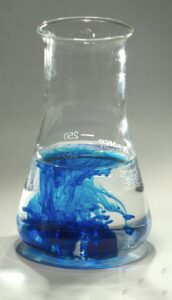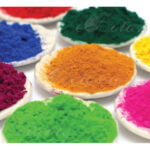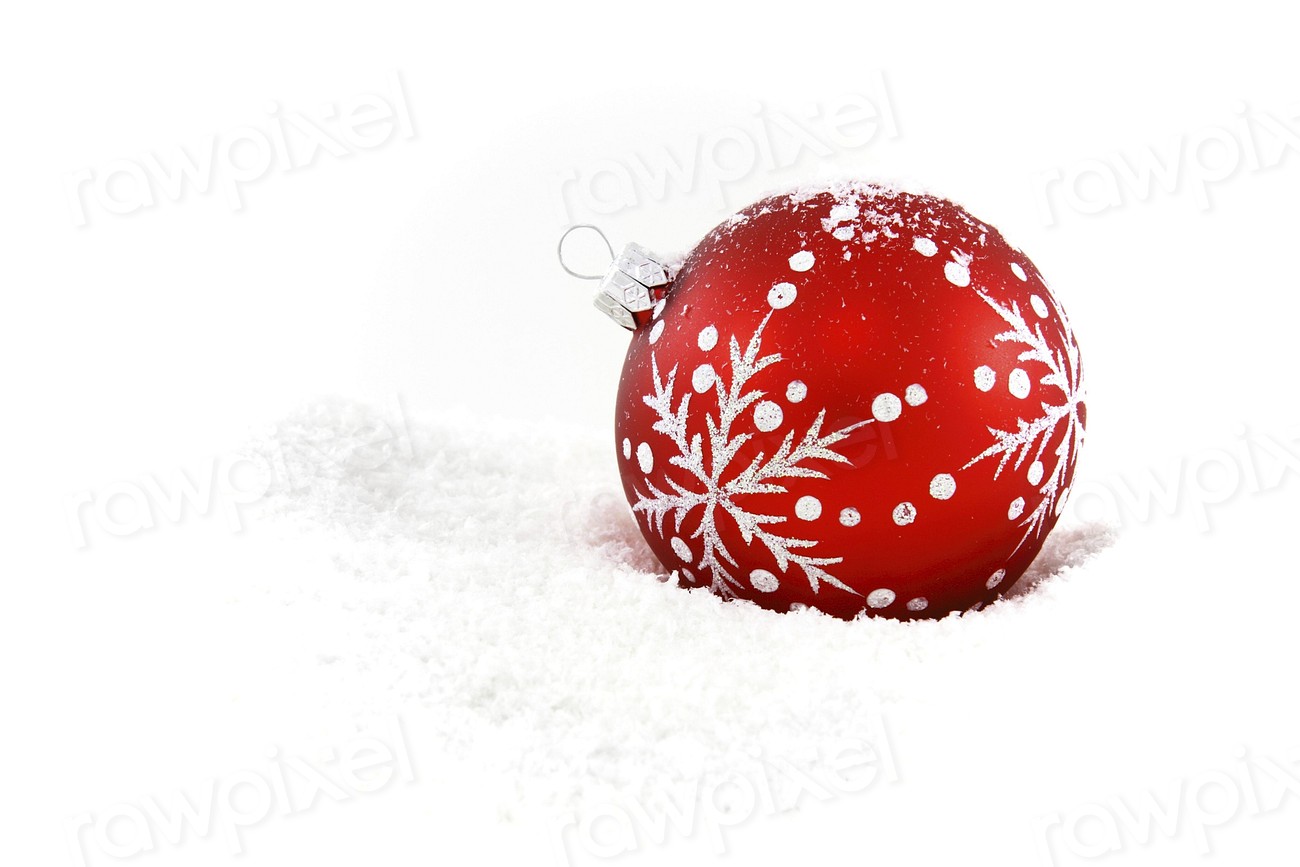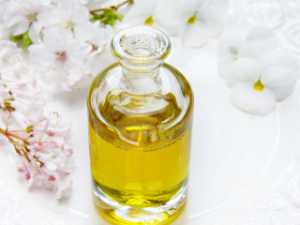
Colours for Soap and Cosmetics
Colours used in Cold Process (CP) Soap, Melt and Pour or bath products (such as fizzy bombs, shampoos, conditioners) and hand-made cosmetics is important as it attracts the customers eye. It is equally important to ensure that you have the right colour for the right product.
eBotaniq wholesales a large range of colorants from water-soluble dye powders to aqueous dispersed pigments and as part of our learning options we have put together some additional information on the use of, and differences between various colorants that are available to the formulator.
There are many different options that you can use in colouring the various soap and cosmetic formulations and to make the correct choice is often a bit of a challenge .
Water Soluble colours
eBotaniq offers a growing range of water soluble powder colours in their most basic and economical form.
 These water soluble colours are highly concentrated and should be used sparingly. In Melt and Pour soap these colours are best used for single colour projects where colour bleed is not going to be an issue.
These water soluble colours are highly concentrated and should be used sparingly. In Melt and Pour soap these colours are best used for single colour projects where colour bleed is not going to be an issue.
Note that in bath bomb applications these dyes will also colour the bath water and of course will result in a pastel shade within your fizzy bath bomb mix as you are blending the dye with a white base.
Most water soluble powders can be effectively combined to achieve other colours/shades (different applications will result in varying colours; therefore we really suggest that you do a small batch test before you make a larger production batch)
We also suggest that you look at the colour section in the Melt and Pour Instructions, if you plan to incorporate these dyes into our melt and pour base.
Powder colorants can easily be mixed with water, and the general recommended rate is between 0.001% and 0.01% addition to the M&P soap when using a 10% dye solution in water. If you decide to use these in the dry mixing stage of toiletry recipes such as bath bombs, you must bear in mind that the true colour of the dye will not be apparent until you bind your mix with witch hazel or oil. You will also find that the colour deepens further as your finished product dries.
Many of these colours may be used in Cold Process Soap making.
For those of you selling your hand made bath & body products, please check suitability for your application as some dyes have restrictions especially for leave on products. When referring to ‘leave on’ and ‘wash off’ products, bath bombs and soaps are generally considered wash-off products and lotions for example would be a leave-on product. Please do consult if in doubt.
FD & C Colour [Food Drug & Cosmetic , FDC]
FD & C colours are colours allowed to be used in food, drugs and cosmetic products subject to US FDA regulations.
| FD & C Colours | Common Name | Hue | Colour Index |
| FD & C Yellow 5 | Tartrazine | Lemon Yellow | C.I. 19140 |
| FD & C Yellow 6 | Sunset Yellow | Orange | C.I. 15985 |
| FD & C Blue 1 | Brilliant Blue FCF | Bright Blue | C.I. 42090 |
| FD & C Blue 2 | Indigotine | Royal Blue | C.I. 73050 |
| FD & C Red 3 | Erythrosine | Cherry Red | C.I. 45430 |
| FD & C Red 40 | Allura Red | Orange Red | C.I. 16035 |
Please be aware that in some cases granules are supplied as an alternative to powders for ease of use and your safety. Also note that in Australia & New Zealand there are specific guidelines that regulate colours in foods drugs and cosmetics
Pigment Colours (Powder / liquid dispersion)
Pigments are colours that are insoluble in the medium in which they are used. Powdered mineral pigment colours are suitable for many applications and stable in Cold Process soaps. These products are useful for projects where colour bleed is an issue. When using pigment powders in Melt & Pour soaps the best way to incorporate them is to blend with oil or a little melted soap base before adding it to your mix to avoid problems such as clumping and spotting.
They can sometimes cause discolouration of your sink or bath as the particles may get lodged in any cracks or fissures. However, Titanium Dioxide is a pigment, which works well for colouring solid soaps white, without discolouring sinks or baths. Pigments suspend rather than blend with water/liquids therefore they will not dye or colour your bath water. They (pigments) are not really suitable for water-soluble products such as liquid and solid soaps as pigments can sink to the bottom if the viscosity is not perfect. They will often adhere to any oils present in your bath products and so can appear as a tidemark around a bath – if you have an old damaged enamel bath you might want to avoid these pigments?……. Having said that, if you do have an old damaged enamel bath it might well be susceptible to being coloured by most / almost all dyes or colours!
Often these pigments are divided up into groups such as:
- Inorganic Pigments; such as Iron Oxides. These Cosmetic Oxides are highly refined pigments and are purified to make them suitable for use on the skin. They are offered in a range of colours from white to yellow to black. Their colour tone variety and softness allows them to have approved use in various cosmetic formulations and they are eminently suitable for Soap and Mineral Make-up.
- Organic Pigments which compared to inorganic pigments are brighter and stronger in colour. There is a significantly large colour range and variety. Not all products may be used in cosmetics and care should be taken to ensure compliance with regulations.
- Pearlescent Pigments are totally natural, inorganic products. Although they are pearlescent in effect, they are not derived from marine life such as abalone or pearl. Some of them are classified as synthetic because, even though they are derived from natural sources, they undergo chemical modifications at high temperatures and thus are no longer considered natural. A complicating matter is that many colours may contain a totally natural, untreated pigment, such as Mica, together with others that has been bonded with an element at high temperature, e.g. Titanium Dioxide.
- Pearlescent Pigments are ideal for use in Mineral Make-up, Lipsticks and Creams. They also work well for Solid CP Soap and fizzy bath bombs. You can use them for Liquid Soap, but as with all powdered pigments, they will sink to the bottom if the viscosity of the product is not high enough. When used in solid soap they produce a, semi-transparent effect.
Soap Cosmetic Colour Application Table
| Product Colour | Food | Solid Soap Bath Melts | Liquid Soaps, Shampoos, Foam Baths | Fizzy Bath Bombs | Bath Salts |
| Food Colourings (from supermarket) | Good as a food colour | Can be used but fades in the light | Can be used but fades in the light | Can’t be used because of high water content | Can be used but fades in the light |
| Colours for Non Water-Based Products | Not permitted to be used in food | Good for Soaps & Bath Melts | Like all pigments, they sink to the bottom if viscosity is low | Best colour for Fizzy Bath Bombs | Can be used |
| Colours for Water-Based Products | Is a food colour but synthetic | Very good and easy to use | Good for all types of Liquid Soaps, Shampoos, Foam Baths, etc. | Can’t be used because of high water content | Best choice but colour the salt first |
| Pearlescent Colours | Not permitted in food (but not poisonous) | Gives good and high colour | Sinks to the bottom if viscosity is low | Good for Fizzy Bath Bombs | Can be used |
| Colours – Normal pigments | Some colours can be used – see E numbers | Can be used in small amounts in Solid Soaps but can stain baths & sinks | Sinks to the bottom if viscosity is low | Can discolour baths & sinks | Can discolour baths & sinks |
| Titanium Dioxide | Can be used in food; ensure correct grade | Makes soap white | Sinks to the bottom if viscosity is low | Can be used | Not necessary |



